Advanced Strategies for Hydrogen Sulfide Utilization and Sulfur Recovery: A Comprehensive Study
DOI: 10.23977/analc.2024.030102 | Downloads: 46 | Views: 2425
Author(s)
Li Yizhe 1
Affiliation(s)
1 Northwest Normal University, 967 Anning E Rd, Lanzhou, China
Corresponding Author
Li YizheABSTRACT
This paper investigates the treatment and utilization of hydrogen sulfide (H2S) in natural gas and petrochemical industries. Focusing on low-temperature methanol washing and the Claus process, we analyze their operational principles, benefits, and limitations. Low-temperature methanol washing is recognized for its low energy requirements and wide applicability, but is constrained by methanol's toxicity and difficulties in processing heavy hydrocarbons. The Claus process, conversely, offers an effective sulfur recovery method with a high rate of efficiency, yet it is energy-intensive. Additionally, the study explores the H2S Methane Reforming (H2SMR) technology for direct conversion of H2S into hydrogen and carbon disulfide, highlighting its potential in enhancing resource utilization. The paper emphasizes the role of catalysts in optimizing these processes, suggesting the need for further research in catalyst development and process integration for improved sustainability and efficiency in H2S treatment.
KEYWORDS
Hydrogen Sulfide Utilization; Sulfur Recovery; Low-Temperature Methanol Washing; H2S Methane Reforming (H2SMR)CITE THIS PAPER
Li Yizhe, Advanced Strategies for Hydrogen Sulfide Utilization and Sulfur Recovery: A Comprehensive Study. Analytical Chemistry: A Journal (2024) Vol. 3: 6-10. DOI: http://dx.doi.org/10.23977/analc.2024.030102.
REFERENCES
[1] Li Li, Cao Yu, Lin Fan, et al. Research Status of Hydrogen Sulfide Treatment at Home and Abroad. Guangzhou Chemical Industry, 2015, 43(08): 27-29.
[2] Shi Xiaolin, Li Dongfeng. Purification Process and Research Progress of Low-Temperature Methanol Wash Technology. Coal and Chemical Industry, 2016, 39(11): 21-25.
[3] Borhani GNT, Afkhampour M, Azarpour A, et al. Modeling study on CO2 and H2S simultaneous removal using MDEA solution. Journal of Industrial and Engineering Chemistry, 2016, 34: 344-355.
[4] Wang Jiaming, Mo Hongbiao. LO-CAT Sulfur Recovery Process Technology and Its Application Prospects. Natural Gas and Oil, 2011, 29(03): 30-34+85-86.
[5] Zhang Jing, Zhang Tie, Sun Feng, et al. Research Progress on Direct Decomposition of Hydrogen Sulfide for Hydrogen and Sulfur Production. Chemical Industry Progress, 2017, 36(04): 1448-1459.
[6] Megalofonos S K, Papayannakos N G. Hydrogen production from natural gas and hydrogen sulphide. International Journal of Hydrogen Energy, 1991, 16(5): 319-327.
[7] Martínez-Salazar A L, Melo-Banda J A, Domínguez-Esquivel J M, et al. Hydrogen production by methane and hydrogen sulphide reaction: Kinetics and modeling study over Mo/La2O3–ZrO2 catalyst. International Journal of Hydrogen Energy, 2015, 40(48): 17354-17360.
[8] Martínez-Salazar A L, Melo-Banda J A, De La Torre A I R, et al. Hydrogen production by methane reforming with H2S using Mo, Cr/ZrO2–SBA15 and Mo, Cr/ZrO2–La2O3 catalysts. International Journal of Hydrogen Energy, 2015, 40(48): 17272-17283.
[9] Galindo-Hernández F, Domínguez J M, Portales B. Structural and textural properties of Fe2O3/γ-Al2O3 catalysts and their importance in the catalytic reforming of CH4 with H2S for hydrogen production. Journal of Power Sources, 2015, 287: 13-24.
| Downloads: | 1411 |
|---|---|
| Visits: | 83501 |
Sponsors, Associates, and Links
-
Forging and Forming

-
Composites and Nano Engineering
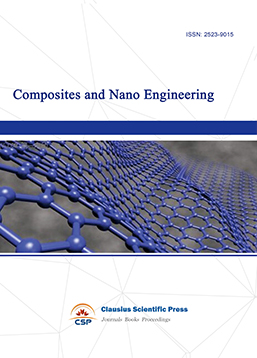
-
Journal of Materials, Processing and Design
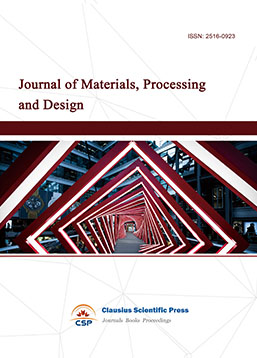
-
Metallic foams
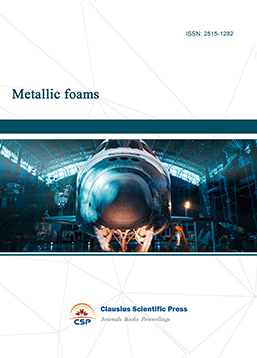
-
Smart Structures, Materials and Systems

-
Chemistry and Physics of Polymers
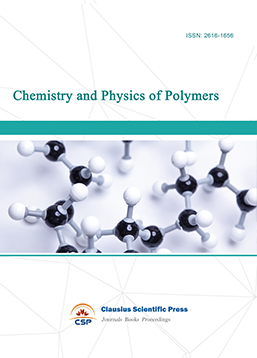
-
Modern Physical Chemistry Research
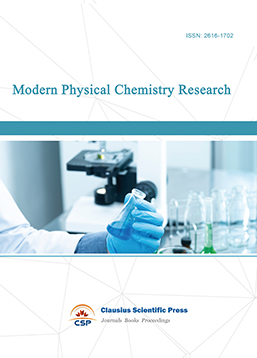
-
Inorganic Chemistry: A Journal

-
Organic Chemistry: A Journal
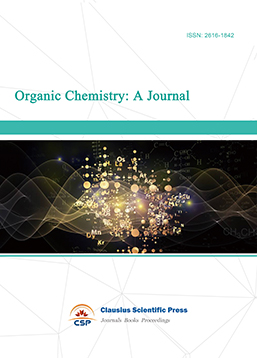
-
Progress in Materials Chemistry and Physics

-
Transactions on Industrial Catalysis
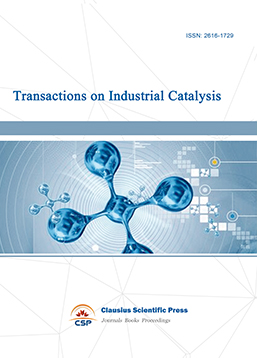
-
Fuels and Combustion

-
Casting, Welding and Solidification
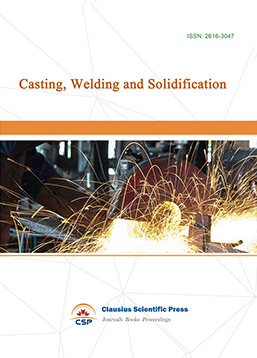
-
Journal of Membrane Technology
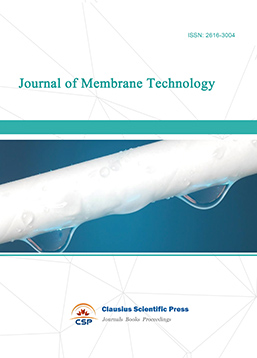
-
Journal of Heat Treatment and Surface Engineering
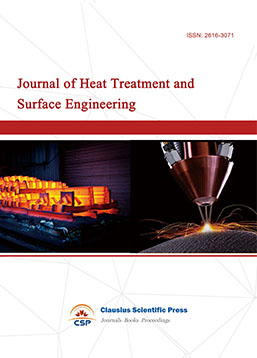
-
Trends in Biochemical Engineering

-
Ceramic and Glass Technology

-
Transactions on Metals and Alloys
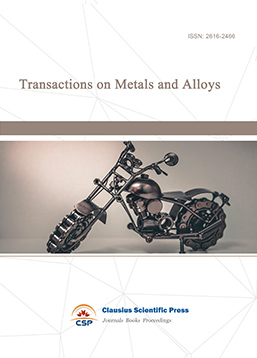
-
High Performance Structures and Materials
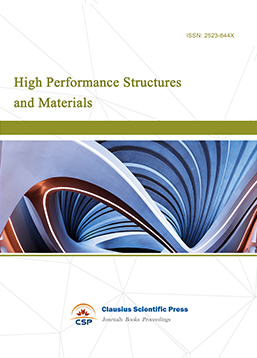
-
Rheology Letters

-
Plasticity Frontiers

-
Corrosion and Wear of Materials

-
Fluids, Heat and Mass Transfer

-
International Journal of Geochemistry
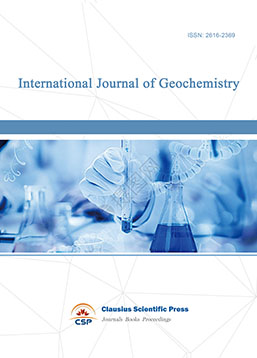
-
Diamond and Carbon Materials
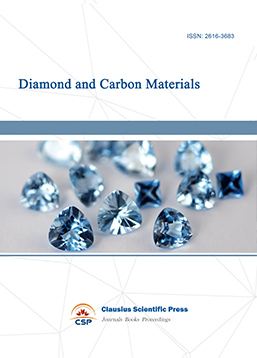
-
Advances in Magnetism and Magnetic Materials
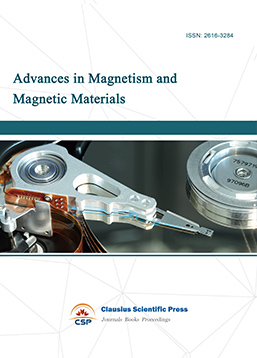
-
Advances in Fuel Cell

-
Journal of Biomaterials and Biomechanics
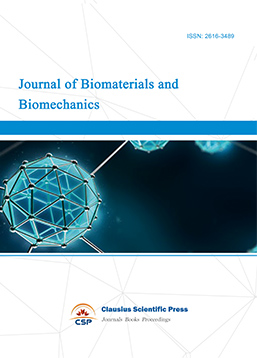

 Download as PDF
Download as PDF